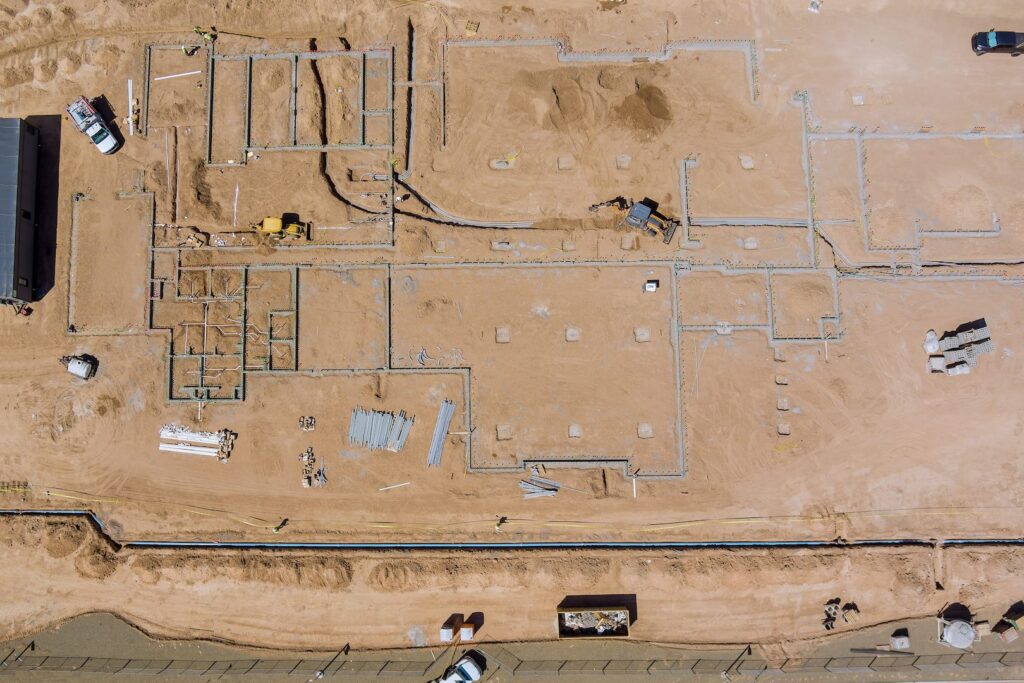Solar panel installation has been a booming industry for more than a decade, and every year more and more families plan to offset their electrical costs and utilize green energy by installing rooftop arrays. For those of us who are fortunate enough to build our own homes, we have the added benefit of building with solar panels in mind instead of having to fit them into existing roof structures.
Solar panel technology has been around for decades, and though it has become a common home feature over the last decade, the evolution of solar panels into residential homes had been a bit slow to start. Thankfully the market and desire for this revolutionary technology has since taken off, and solar panels have come a long way in commercial availability and affordability.
There are so many benefits to including solar panels in the design of your home, especially if you are building in Arizona. Not only is the sun readily-available, but solar energy is clean energy, and that means that your home will not be contributing to greenhouse gas emissions. The cost of solar panels has dropped 60% since 2011 alone, and with state tax rebate and incentive programs, installing a solar array seems like a no-brainer for Arizona residents.
If you are interested in adding solar panels to your home design plans, there are ways in which you can ensure that your home will be solar-ready and aid in maximizing solar panel performance.
To start, new construction costs to include solar equipment will be offset by the monies saved on energy bills, especially if your home building plans also include air-tight insulation which will give your home more effective temperature control in both the summer and the winter. Custom built high-efficiency homes that include solar panels may even get you complete freedom from electric bills.
Owners of pre-built homes have one major roof issue to deal with when it comes to installing solar panels—do they have a south-facing roof to place the panels on? When you build your own home, you can include not only a south-facing roof, but the ideal roof size and pitch to maximize solar energy gathering. Planning a roof to include solar power means that you and your contractor can determine where to place additional roof features like chimneys and vents so that they do not interfere with solar power collection.
Planning a solar array on your roof also means running wires and/or pipes from the panels to the home. A new build can incorporate this run into build, and many builders choose to add the wires and pipes directly into the frame of the home.
When deciding on the roof type for your home build, choose one that is as solar collection-friendly as possible. Cedar and metal shingles, for example, are not ideal for a solar array. Choose asphalt shingles or a seam metal roof to make the most of your solar power. It is also vital that you discuss the roof’s ability to hold the weight of the solar array with your contractor to ensure that there will be no weight-related issues down the line.
Choosing solar energy for your new home construction is a wise decision, so long as you discuss the array with your builder and add the panels to your list of “wants” when plans are being drawn up. After that, all you need to do is soak up all that solar and enjoy an energy-ready, green home for years to come.







